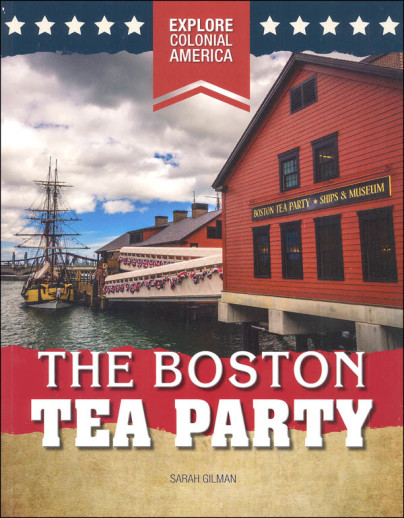We use cookies to make your experience better. To comply with the new e-Privacy directive, we need to ask for your consent to set the cookies. Learn more.
Boston Tea Party (Explore Colonial America)
When patriots dressed as Mohawk Indians dumped 342 chests of tea into Boston Harbor, they were acting out against restrictive laws imposed by British Parliament. The resulting punishment prompted the formation of a Continental Congress and culminated in the Revolutionary War. Through simple, exciting language and full-color images, readers of this engaging volume will learn the backstory of "No Taxation Without Representation" and see how this act of defiance was anything but a party.
Learn key history concepts and themes with these accessible readers. Easily read text (10 pt. font) is adorned with paintings and photos of original documents and maps. Multiple, short chapters allow for focused attention, and I appreciate the text's engaging, yet factual presentation (with no presupposed biases). Choose from focused themes like the Boston Tea Party or Ben Franklin, to overall themes. Includes a written timeline, glossary with definitions, suggested further reading, web links, and an index. Approximately Grade 5 reading level. 7 ¼"x 9 1/4". 48 pgs, hc. ~ Ruth

